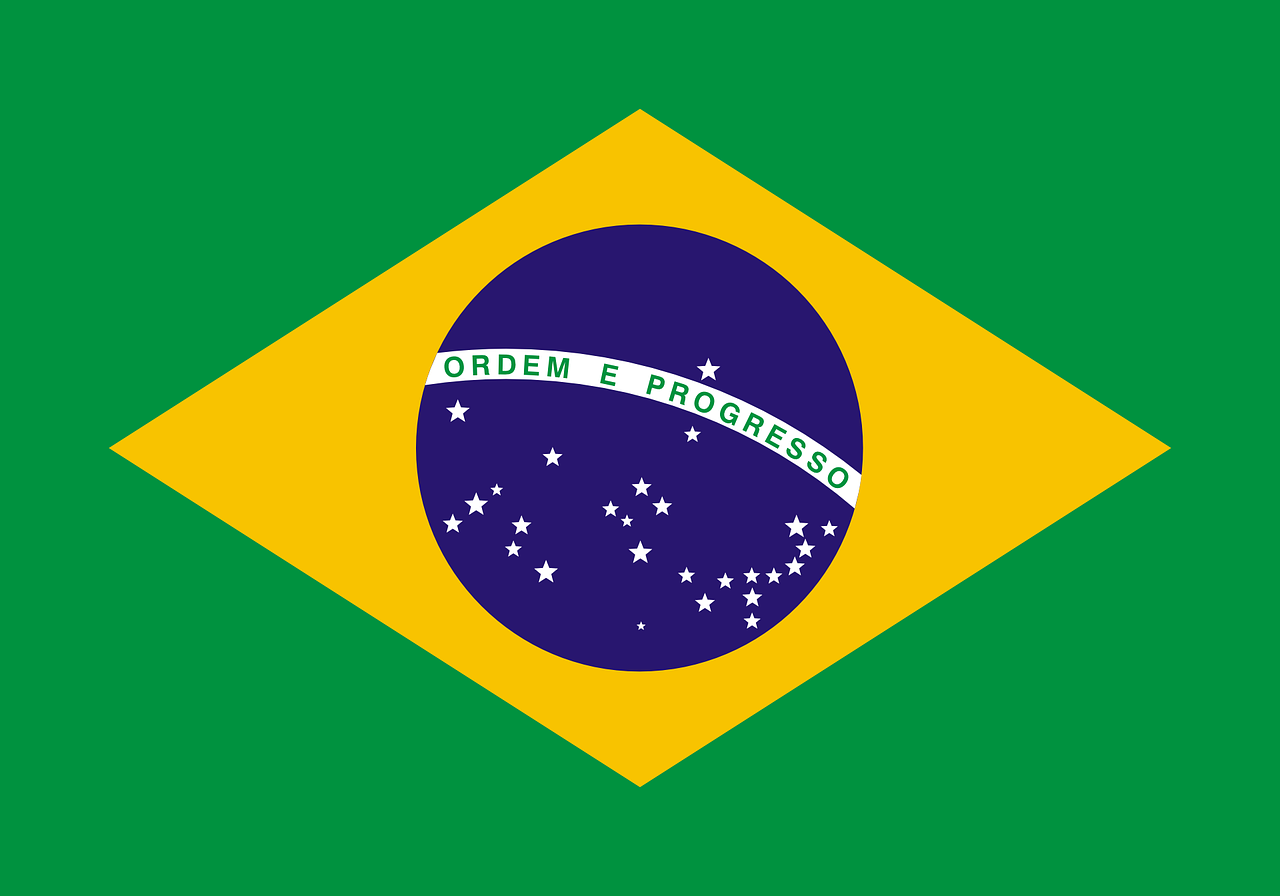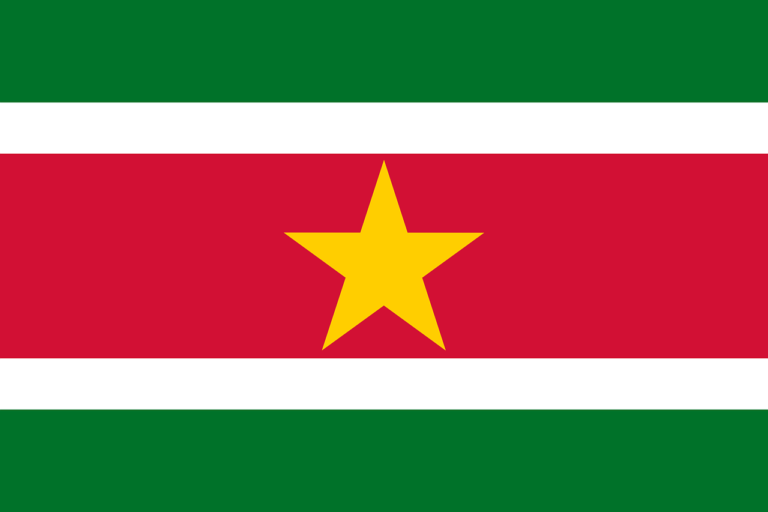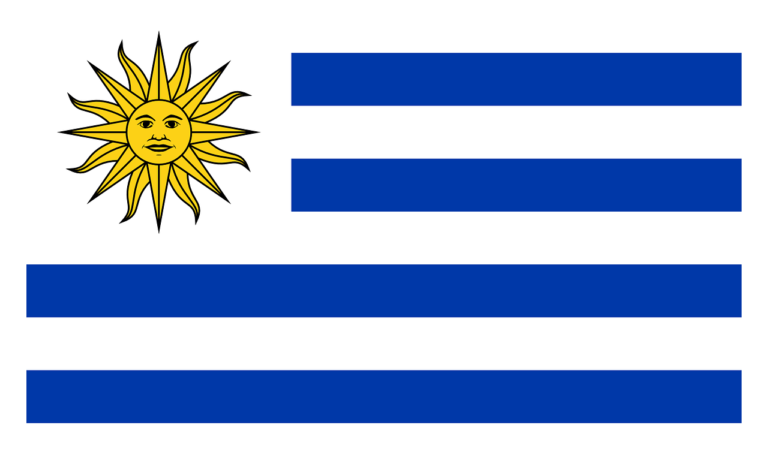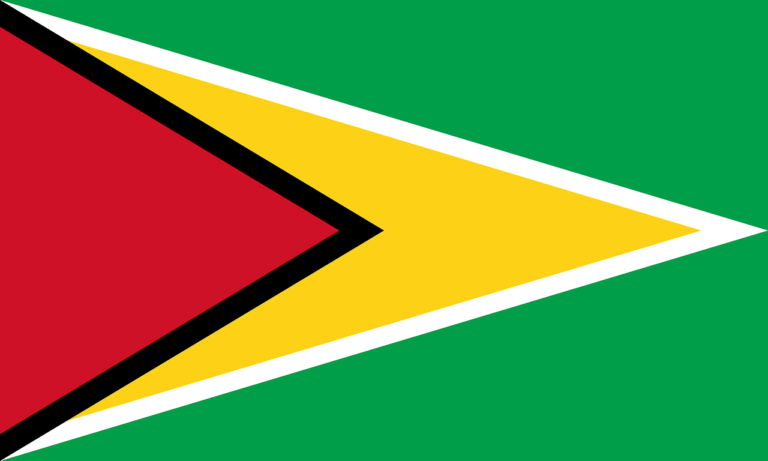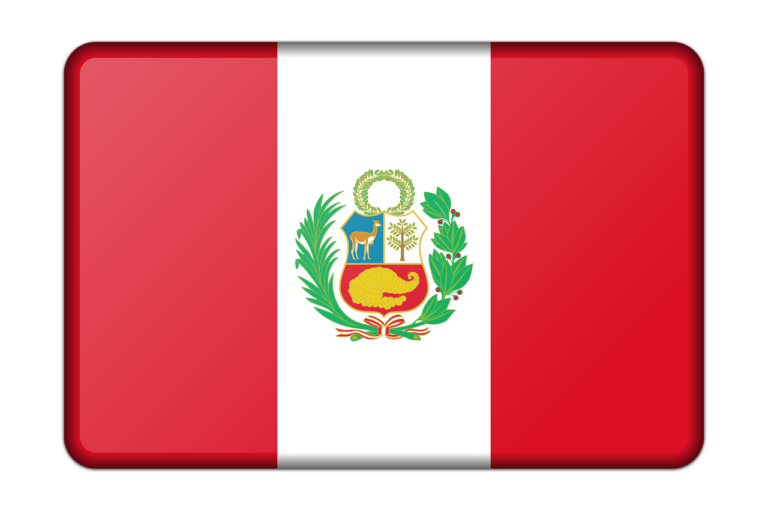Flags are powerful symbols that embody a nation’s history, values, and aspirations. In the vibrant and diverse land of Brazil, the country proudly displays its national flag, representing its rich cultural heritage, unity, and the spirit of its people. In this blog post, we will embark on a visual journey through the captivating flags of Brazil, exploring their symbolism, historical significance, and cultural importance. Join us as we celebrate the vibrant tapestry of Brazil’s flags.
The National Flag of Brazil:
The national flag of Brazil, known as the “Bandeira do Brasil,” features a green field with a large yellow diamond in the center, encompassing a blue circle with 27 white, five-pointed stars. The stars represent the 26 states of Brazil and the Federal District. The green and yellow colors have deep historical significance and represent Brazil’s lush forests and abundant natural resources.
Symbolism and Meaning:
The colors on the Brazilian flag hold significant symbolism. The green represents the House of Braganza, the ruling family of Brazil during the country’s imperial period. It also symbolizes Brazil’s vast forests, hope, and the country’s agricultural wealth. The yellow represents the House of Habsburg, another royal family associated with Brazil’s history, and symbolizes Brazil’s wealth in gold and other natural resources. The blue circle with stars represents the night sky over Rio de Janeiro on November 15, 1889, when Brazil declared itself a republic.
Historical Significance:
The current design of the Brazilian flag was adopted on November 19, 1889, just days after the proclamation of the Brazilian Republic. It replaced the previous imperial flag that had been in use since the early 19th century. The flag became a symbol of Brazil’s transition from a monarchy to a republic and represented the ideals of liberty, equality, and progress.
Cultural Importance and Unity:
The Brazilian flag is a powerful symbol of national pride and unity. It is proudly displayed during national holidays, sporting events, and cultural celebrations, fostering a sense of belonging and patriotism among the Brazilian people. The flag represents the shared values, traditions, and history that bind the diverse Brazilian population together.
Variations of the Brazilian Flag:
In addition to the national flag, Brazil has several regional and municipal flags that represent the different states and cities within the country. These flags often incorporate local symbols, colors, or emblems that reflect the unique identity and heritage of each region. They showcase the cultural diversity and the strong regional pride that flourishes within Brazil.
The national flag of Brazil, with its vibrant green field, yellow diamond, and stars, serves as a cherished symbol of the nation’s history, unity, and aspirations. It represents Brazil’s natural beauty, cultural richness, and the indomitable spirit of its people. As Brazil continues to shape its future, the flag will remain a proud emblem, reminding its citizens of their shared heritage, values, and the incredible diversity that makes Brazil a truly remarkable nation.
